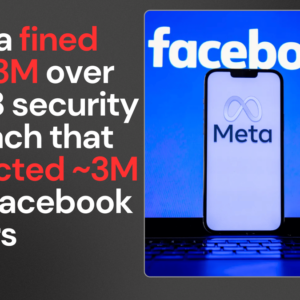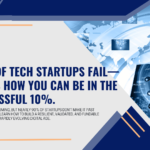As we step into 2025, choosing the best backend language for your project can feel like a daunting task. With so many options available, how do you decide what will work best for your needs? Whether you’re building a simple To-Do app or a complex e-commerce platform, understanding the strengths of various backend languages and frameworks is crucial. Let’s dive into the most promising options for this year!
Why Backend Languages Matter
Backend languages are the backbone of web applications. They handle server-side logic, database interactions, and user authentication. A solid choice can lead to better performance, easier maintenance, and scalability. Here’s a look at some of the top contenders.
Top Backend Languages for 2025
1. Python
Python continues to be a favorite among developers due to its simplicity and versatility. It’s an excellent choice for both beginners and seasoned developers.
- Use Cases: Great for web applications using frameworks like Django or Flask. It’s also popular in data science and machine learning.
2. JavaScript (Node.js)
JavaScript is not just for front-end development anymore! With Node.js, it has become a powerful option for backend development.
- Use Cases: Ideal for real-time applications such as chat apps or collaborative tools due to its non-blocking architecture.
- Example Project: An e-commerce platform can leverage Node.js with Express to handle numerous simultaneous connections without lag.
3. Java
Java has stood the test of time and remains a robust choice for enterprise-level applications.
- Use Cases: Best suited for large-scale applications that require stability and scalability, often using the Spring framework.
- Example Project: A scalable e-commerce site can benefit from Java’s strong performance and extensive libraries.
4. Go
Go (or Golang) is gaining traction thanks to its speed and efficiency in handling concurrent tasks.
- Use Cases: Excellent for microservices architecture and cloud-based applications.
- Example Project: A real-time analytics dashboard that processes large volumes of data quickly could be effectively built using Go.
5. Ruby
Ruby on Rails is known for its convention over configuration approach, making it easy to get started quickly.
- Use Cases: Perfect for startups looking to launch MVPs (Minimum Viable Products) rapidly.
- Example Project: A social media API that handles user profiles and posts can be developed efficiently with Ruby on Rails.
Future-Proofing Your Choice
When considering which backend language will remain relevant over the next five years, it’s essential to look at community support, library availability, and industry trends. Here are some key points:
- Community Support: Languages like Python and JavaScript have large communities that contribute to their libraries and frameworks, ensuring ongoing support and updates.
- Emerging Technologies: Languages that integrate well with AI and machine learning (like Python) or those that excel in cloud computing (like Go) are likely to stay relevant as technology evolves.
Future-Proof Backend Frameworks
To complement your chosen language, consider these frameworks:
- Django (Python): Known for its security features and rapid development capabilities.
- Express.js (JavaScript): Lightweight and flexible, perfect for building APIs quickly.
- Spring Boot (Java): Offers robust tools for enterprise-level applications.
- Ruby on Rails (Ruby): Great for rapid application development with built-in features.
Conclusion
Choosing the best backend language for 2025 depends on your project’s specific needs. For simple projects like To-Do apps, Python or JavaScript may be ideal due to their ease of use. For more complex systems like scalable e-commerce platforms, Java or Go could provide the robustness required.
As you embark on your development journey this year, consider experimenting with one of these languages or frameworks! Share your thoughts in the comments below about which language you’re excited to try out!












